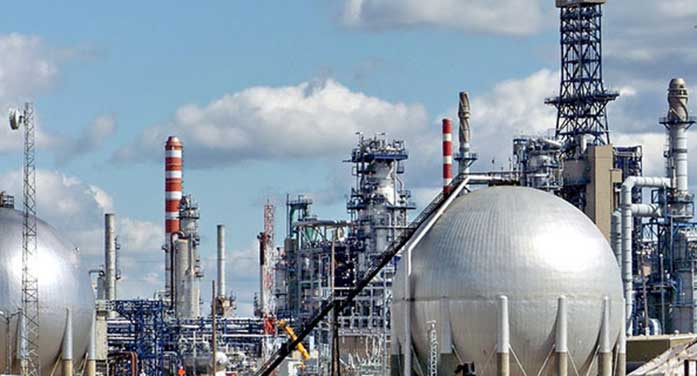 World energy markets are facing a “red alert,” and there’s more trouble ahead without enough investment going into oil and gas to meet demand, according to a new report by the International Energy Forum (IEF).
World energy markets are facing a “red alert,” and there’s more trouble ahead without enough investment going into oil and gas to meet demand, according to a new report by the International Energy Forum (IEF).
“At a time when the global energy crisis calls for more supply, underinvestment in hydrocarbons will be the main reason for supply shortages, higher prices and volatility for the foreseeable future,” said IEF secretary-general Joseph McMonigle.
The IEF represents energy ministers from 71 producing and consuming nations, including Canada, the United States, Germany, China, India, Norway and Saudi Arabia.
New investment in oil and gas production does not contradict efforts to eliminate carbon dioxide emissions but is badly needed to maintain economic stability as policy-makers manage a long-term path to net zero, McMonigle said.
The International Energy Agency projects that while the share of renewable energy in global markets will grow to 26 per cent in 2050 compared to 12 per cent in 2021, the share of oil and gas will remain about the same, at 50 per cent in 2050 compared to 53 per cent in 2021.
| RELATED CONTENT |
| Think the oil industry is dying? Think again By Rashid Husain Syed |
| Weak oil and gas investment still plagues Canada By Mark Milke and Lennie Kaplan |
| Why some oil and gas investment was doomed regardless of COVID-19 By Ian Madsen |
A December 2021 IEF report with IHS Markit found that, in order to ensure affordable prices and sufficient supply to meet demand, world investment in oil and gas would have to increase to pre-COVID-19 levels of US$525 billion per year and stay that high through 2030.
But investment in 2021 was depressed for a second consecutive year at $341 billion – nearly 25 per cent below 2019 levels, IEF noted. Meanwhile, oil and gas demand is now near pre-pandemic highs and will continue to rise for the next several years, particularly in developing countries.
Russia’s invasion of Ukraine has added another layer of volatility to the picture.
Of the $525 billion required world investment in oil and gas, IEF said Russia and the Caspian region represented 8.5 per cent or $45 billion in 2030.
With major oil and gas companies announcing complete withdrawals from Russia, declining rates on oil and gas fields will accelerate, further reducing Russian supply. This emphasizes the need to increase oil and gas investment outside Russia, IEF said.
“Energy markets were already tight before the Russian invasion of Ukraine due to the investment crisis and rising demand as the world unlocked from the pandemic,” McMonigle said.
“Based on current data, we see more trouble ahead in the second half of 2022. Commercial and strategic inventories are low, spare production capacity is dwindling, and China and other parts of Asia are expected to end travel restrictions, boosting demand.”
Deborah Jaremko is director of content for the Canadian Energy Centre, an Alberta government corporation funded in part by taxes paid by industry on carbon emissions.
For interview requests, click here.
The opinions expressed by our columnists and contributors are theirs alone and do not inherently or expressly reflect the views of our publication.
© Troy Media
Troy Media is an editorial content provider to media outlets and its own hosted community news outlets across Canada.


